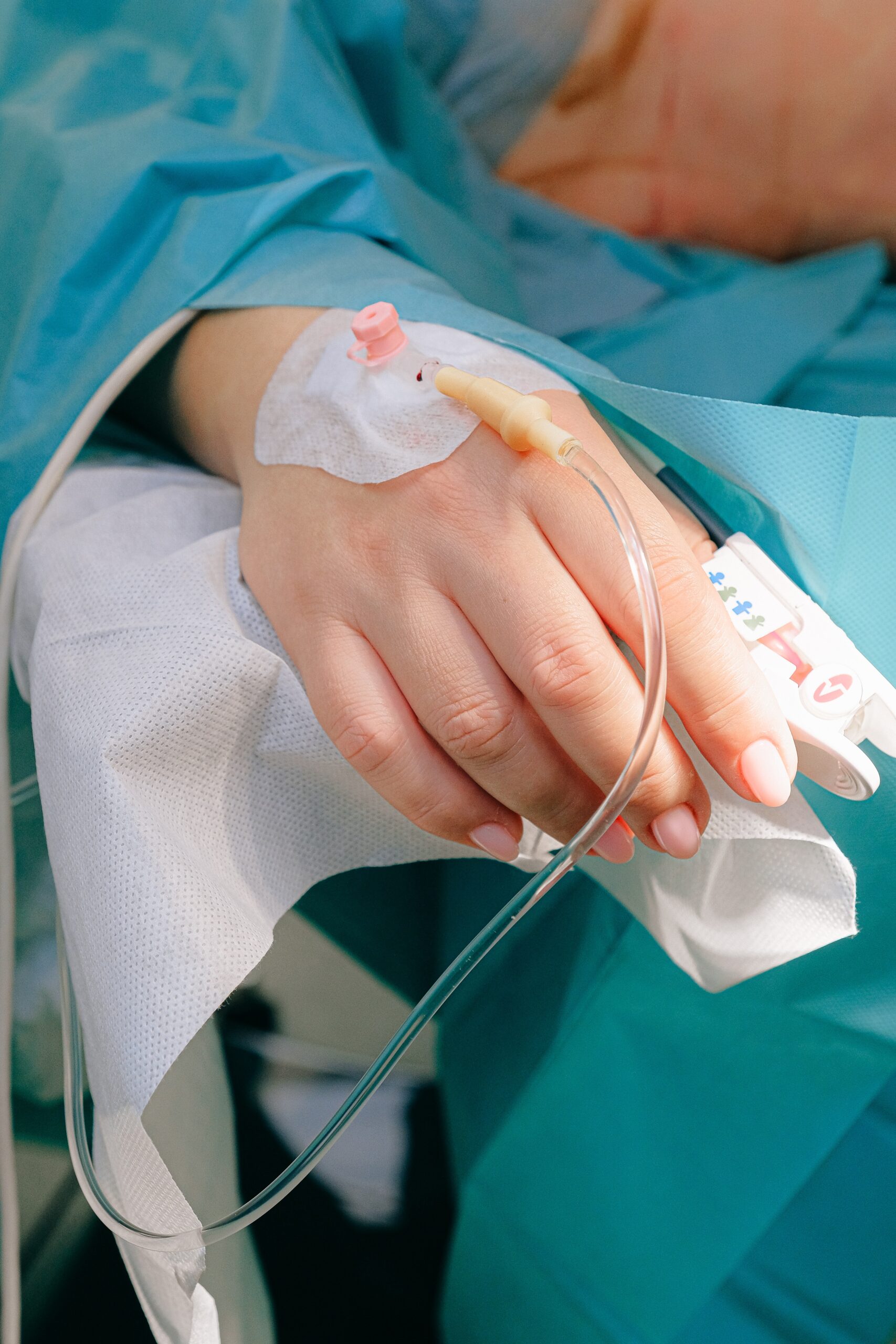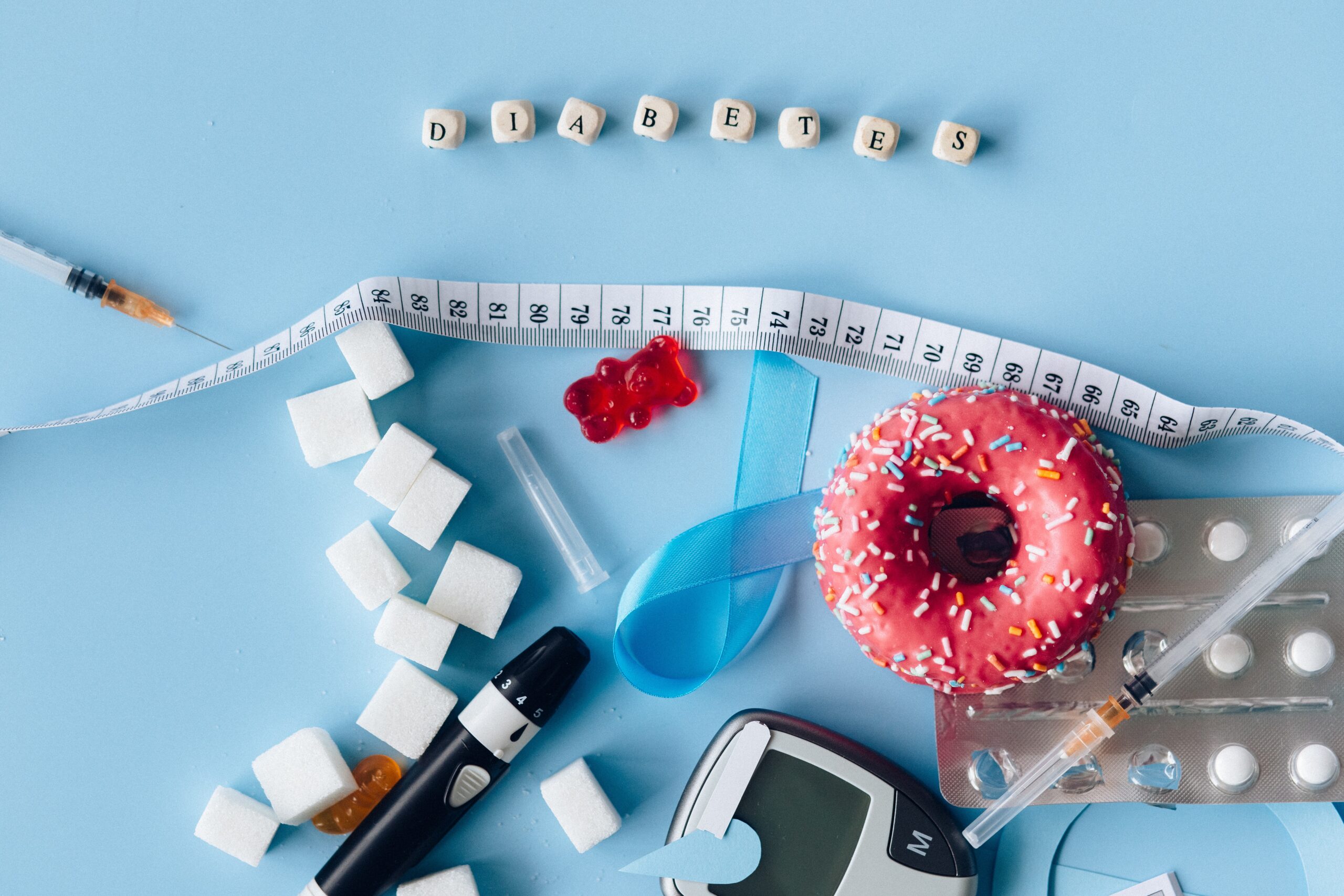Pages of Contents
How can I tell if hypoglycaemia has occurred?
Hypoglycaemia refers to blood glucose <3.5 millimol/L. But, anything below 2.5 mg/L is considered to be pathological needing an investigation.
A blood sugar of 4.0 mg/L is the most acceptable blood sugar level for diabetics.
The level of glucose that is classified as hypoglycaemic in infants is still a subject of debate, especially in newborns. Research suggests that levels higher than 1.7 mg/L are considered acceptable for the same age range. According to the World Health Organization (WHO) describes hypoglycaemia as a level below 2.5 mg/L.
Hypoglycaemia is a diagnosis that depends on three factors (Whipple’s triad) of plasma hypoglycaemia symptoms due to an insufficient blood sugar level and the resolution of symptoms through treatment of hypoglycaemia.
Risk factors for hypoglycaemia
They comprise: [
A tight glycaemic control.
Malabsorption.
Injection into lipohypertrophy sites.
Alcohol.
Insulin prescription error (notable in hospitalised patients).
Diabetes with a long duration.
Renal dialysis.
Drug interactions between hypoglycaemic drugs for example, quinine selective serotonin receptor inhibitors (SSRIs).
Affected kidney function.
Insufficiency of the anti-insulin hormone For example, Addison’s disease, hypothyroidism.
Other risk factors for hypoglycaemia, mainly for children, are:
A long period of fasting or low or no intake.
Hypoglycaemia symptoms
Recognizing symptoms of indicators of hypoglycaemiaby healthcare professionals, as well as the education of patients about recognizing the first signs is crucial to prompt and effective management.
The neurologic manifestations of hypoglycaemia are convulsions, comas and transient hemiparesis, as well as stroke. Additionally, a reduced level of awareness and cognitive impairment could result in accidents and injuries. Heart events may trigger such as arrhythmias myocardial ischaemia , and cardiac failure.
Treatment and management of hypoglycaemia for adults
In essence, a carbohydrate that is quick-acting is required in the first place, followed by a more prolonged-acting carbohydrate.
Initial hypoglycaemia treatment
15 grams of quick-acting carbohydrate can be administered by mouth as liquid (eg 150-200ml of pure juice of fruit – however, do not drink juice of fruit if you have kidney failure) or in sugar granulated (two teaspoons) or sugar lumps.
7 – 7 Dextrosol(r) tablets , or 5 to 4-5 Glucotabs(r) Gels – can be utilized.
Recheck capillary blood glucose levels after 15 minutes. If the patient’s blood glucose levels remain low, then the procedure above may be repeated (probably at least 3 times).
Hypoglycaemia may cause in the patient to become unconscious, or if the patient is not cooperative

Resuscitation in the event that it is appropriate.
Intravenous administration of 75-80ml 20 percent glucose or 150-160 milliliters of glucose 10% (the amount can be determined by the patient’s clinical situation).
25 milliliters of glucose at 50% concentration is viscous. This makes it more irritating and challenging to inject intravenously. It is not used as often.
When the patient is able to regain alertness, glucose tablets must be administered as described above.
In the event that the patient has been in their home, or is receiving intravenous (IV) access is not quickly established
Glucagon 1 mg is administered intramuscularly (IM) as well as Subcutaneous (SC) injector.
This dose is utilized to treat hypoglycaemia caused by insulin (by SC, IM, or injection IV) for adults as well for children older than 8 years (or any body mass that is over 25 kilograms). Note one unit of glucose is one mg of glucagon.
Glucagon
Glucagon may have varying absorption as when it is administered SC and IM. It has a comparatively slow onset of effect and is dependent on glycogen stores. This means it won’t be effective in patients with cachectic symptoms or those suffering from liver diseases, or in infants and young children.
If the patient becomes more alert, a longer-acting carbohydrate should be offered – e.g toast, toast, or any other normal meal. For patients in need who are in a hospital, the infusion rate of 10 percent glucose might be recommended – for example, 100 milliliters/hour. [ In the event that the patient has received glucose, then a greater amount of the longer-acting carbohydrate is required.
Hypoglycaemic coma that lasts for a long time
Hypoglycaemia severe can cause irreparable changes in cognition, memory loss, and even death.
A prolonged hypoglycaemic coma can be due to cerebral oedema. It is a result of severe hypoglycaemia that lasts longer than five hours
IV mannitol, dexamethasone and dexamethas continuous glucose monitoring and IV glucose to maintain serum level between 5-10 mmol/L, until consciousness is recovered or damage to the brain confirmed.
In the event of an overdose of insulin or sulfonylurea up to 80 grams of glucose as a 25-50% solution an intra-arterial line could be needed.
Hypoglycaemia treatment for children
The prompt treatment of hypoglycaemia in children, regardless of reason, is vital to protect against neurological damage. For risk factors , refer to the previous paragraph.
For adolescents and children with type 1 diabetes Continuous glucose monitoring systems that include or without insulin infusion have proved beneficial in the prevention of hypoglycaemia. Oral carbohydrate and parenteral glucose remain the primarystays of treatment for hypoglycaemia. [
Initially
The Glucose 10-20g can be taken by mouth , either as liquid (eg milk 200mL) or in sugar granulated (two teaspoons) or as sugar lumps.
If needed, this can be repeated after a period of 10 minutes.
Additional food intake is necessary to avoid recurrences of hypoglycaemia.
Children with hypoglycaemia that is result of an oral antidiabetic medication must be admitted to a hospital due to the hypoglycaemic effects of these medications can last for 12-24 hours.
Hypoglycaemia that leads to inability to sleep or fitting is an emergency
If you suffer from hypoglycaemia and sugar isn’t available through mouth, glucagon could be administered by injection. Children who are younger than 8 years or who has weight of less than 25 kg is recommended to receive 500 micrograms.
Carbohydrates should be taken in the earliest time possible to replenish liver glycogen.
Glucagon can be provided to parents or the caregivers of children who are insulin-treated for emergency use during hypoglycaemic episodes.
It is usually recommended to give a prescription on an “if needed’ basis to hospitalized children with insulin treatment in order to be administered quickly by nurses in a situation of hypoglycaemic crisis.
If the treatment is not successful within 10 minutes, then IV glucose must be administered.
Additionally, 2-5mL/kg of insulin IV 10 percent (200-500 mg/kg) could be administered IV into a large vein via a needle of a high-gauge.
This is an irritant particularly if it is absorbed by extravasation.
Infusion of Glucose IV at 50% of the time is not advised since it is highly high in viscosity and is extremely hypertonic. [
The patient must be watched closely, especially in the event of an overdose involving an insulin with a long-acting mechanism because subsequent treatment with glucose could be needed.



